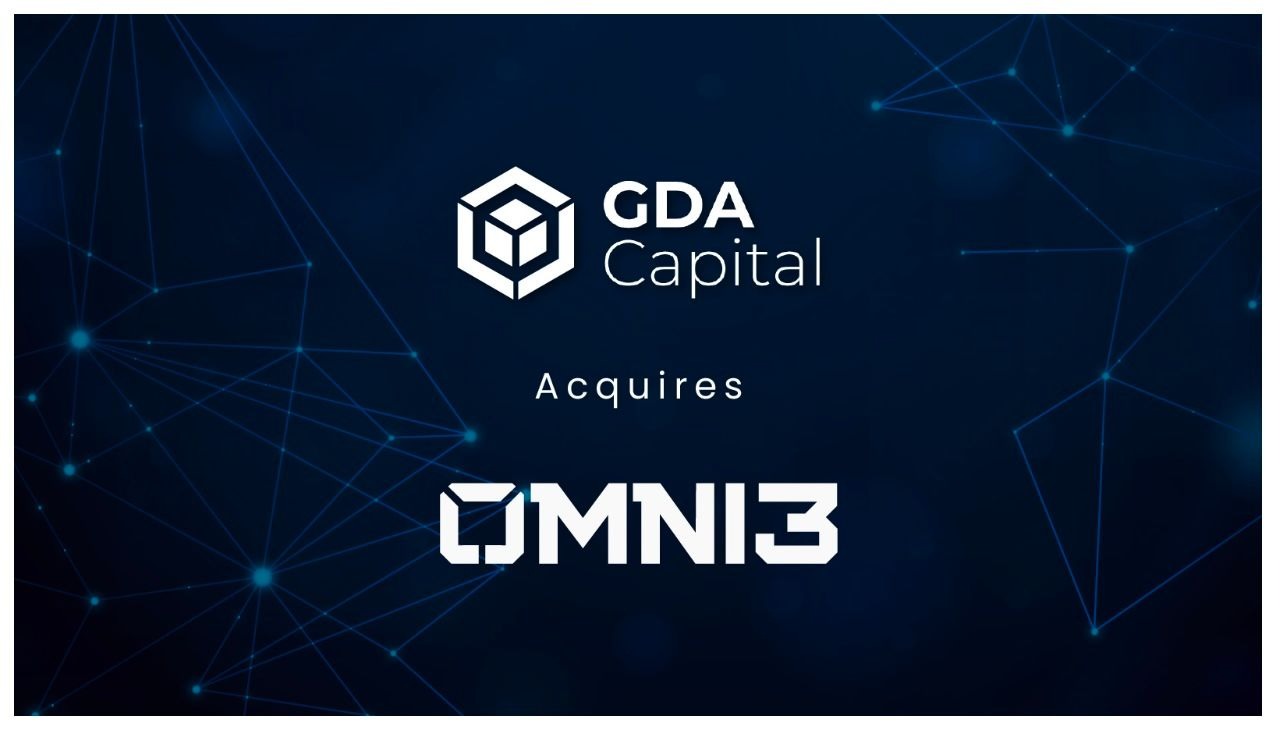In the digital world, disruption is swift. 13 years ago Bitcoin didn’t exist. Today it’s a $900 billion asset class and legal tender in at least one nation. Similarly, Ethereum didn’t exist 7 years ago. Now this network is worth $400 billion and is widely considered a “third-layer of the entire internet.” The world has changed in less than a decade, several times over.
But could today’s dominant players be under a similar threat? Could Ethereum be disrupted in the near-future? Several challengers have emerged in recent years that claim to offer crypto developers better features or a more convenient platform. The community must now consider if today’s dominant platforms are here to stay or a prime target for younger teams.
Here’s a closer look.
Ethereum’s top challengers
Ethereum’s core promise is a platform for smart contracts and decentralized applications. This core framework has been replicated by several other projects, however, the most popular contenders are Cosmos, Solana, Binance Smart Chain and Polkadot.
While all platforms are similar on a fundamental level, they differentiate themselves with key features, faster processing speed or unique advantages for developers or users looking for an Ethereum alternative. Cosmos, for instance, offers interoperability between blockchains that can be easily created on its platform using established programming languages such as Java or C++. Polkadot was created by one of the co-founders of Ethereum, Gavin Wood, and has managed to create a development community that is quickly catching up to the king of dApps.
Solana offers much faster processing times, lower fees and better throughput than Ethereum, while Binance is closely integrated into one of the most popular crypto exchanges in the industry.
Source: Sino Global Capital, h/t @luxetveritasil
All of these challengers have a legitimate shot at disrupting Ethereum. To avoid obsolescence, the Ethereum development team needs to move fast to bolster its key strengths.
Ethereum’s moat
Despite the growing threat of challengers, Ethreum’s position as the gold standard for decentralized platforms is still intact. By market value, the Ethereum network is several times larger than any of the networks mentioned above. Meanwhile, the network also has much higher transaction volumes than most of its emerging rivals. The rise of NFTs alone has bolstered volume on the Ethereum network. For instance, OpenSea alone accounted for transactions worth $3.4 billion in August.
All this volume makes Ethereum the most liquid and widely compatible platform for developers to target. The biggest threats to the network’s dominance right now are slow transaction speeds and higher fees. Both of which are being addressed by the core development team.
Upcoming layer 2 solutions could drastically reduce fees on the network. Arbitrum, one of the most popular layer 2 solutions, has already had an impact on Ethereum’s scalability. By 2022, the network will likely have transitioned to proof-of-stake and implemented sharding solutions that improve the ecosystem further.
Bottom line
While challengers are quickly gaining ground, Ethereum has a good chance of retaining its crown as the king of dApps.




